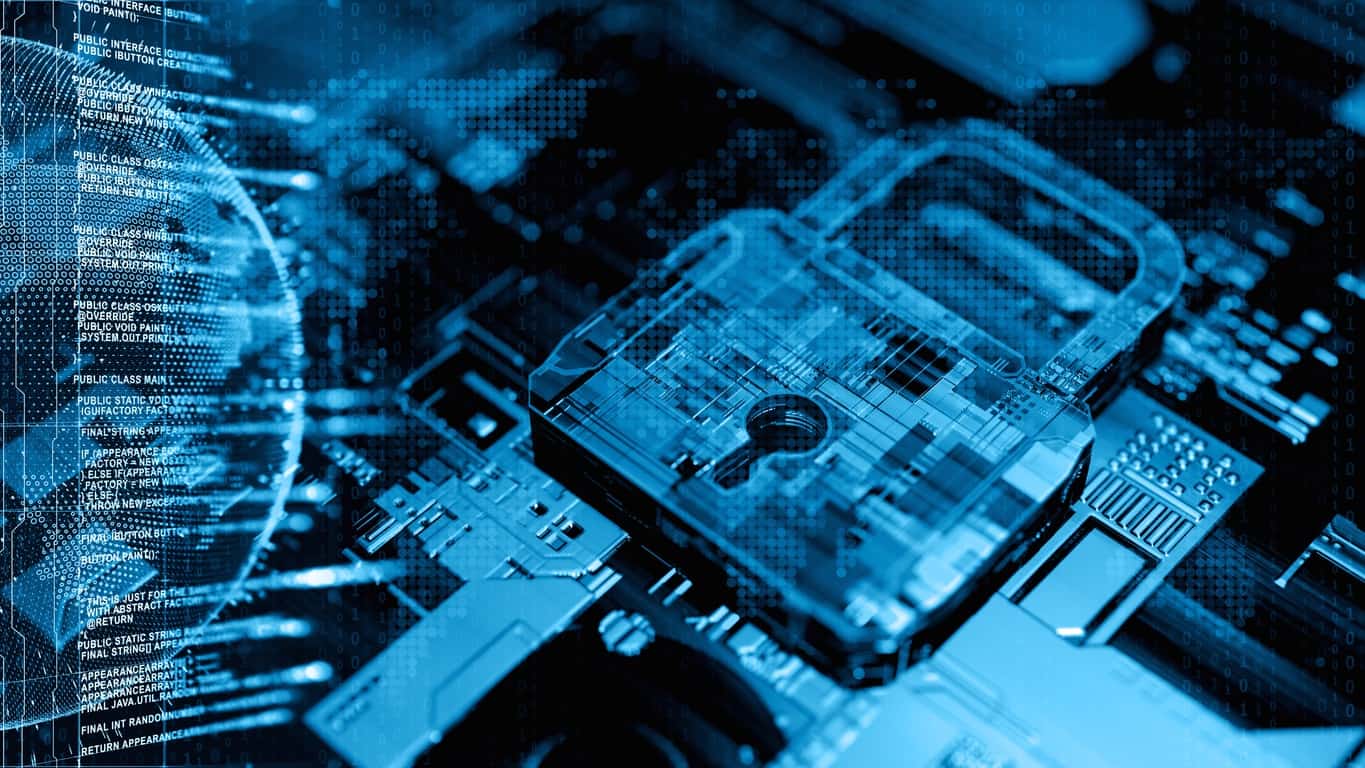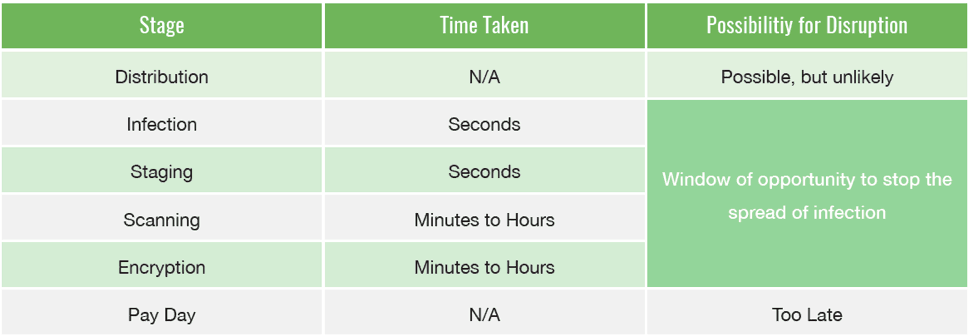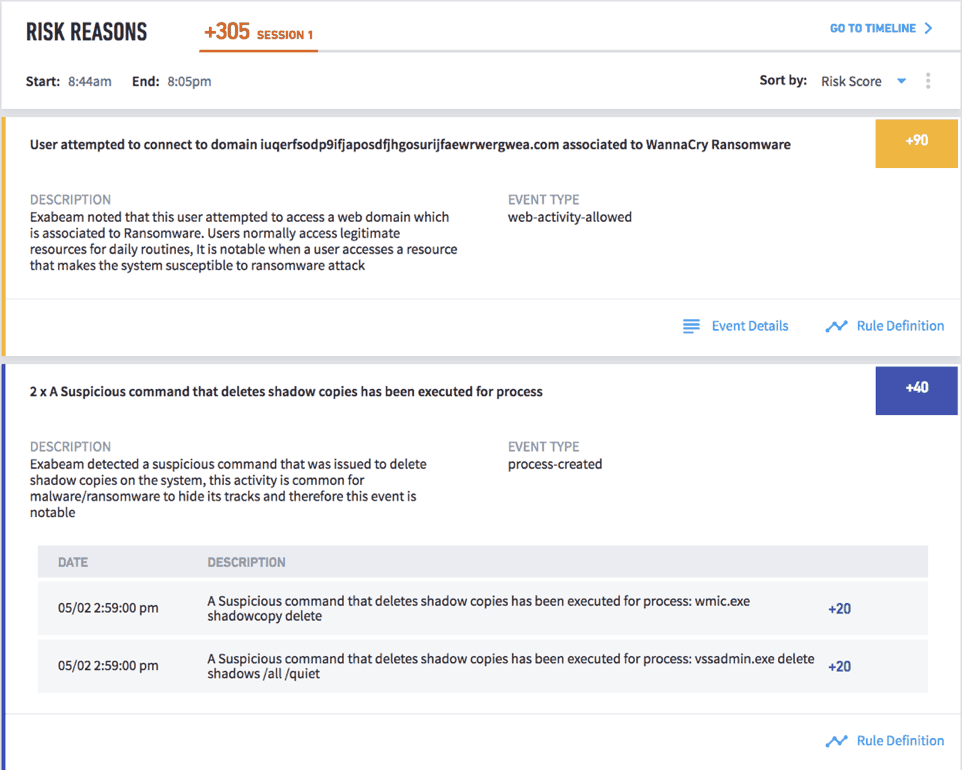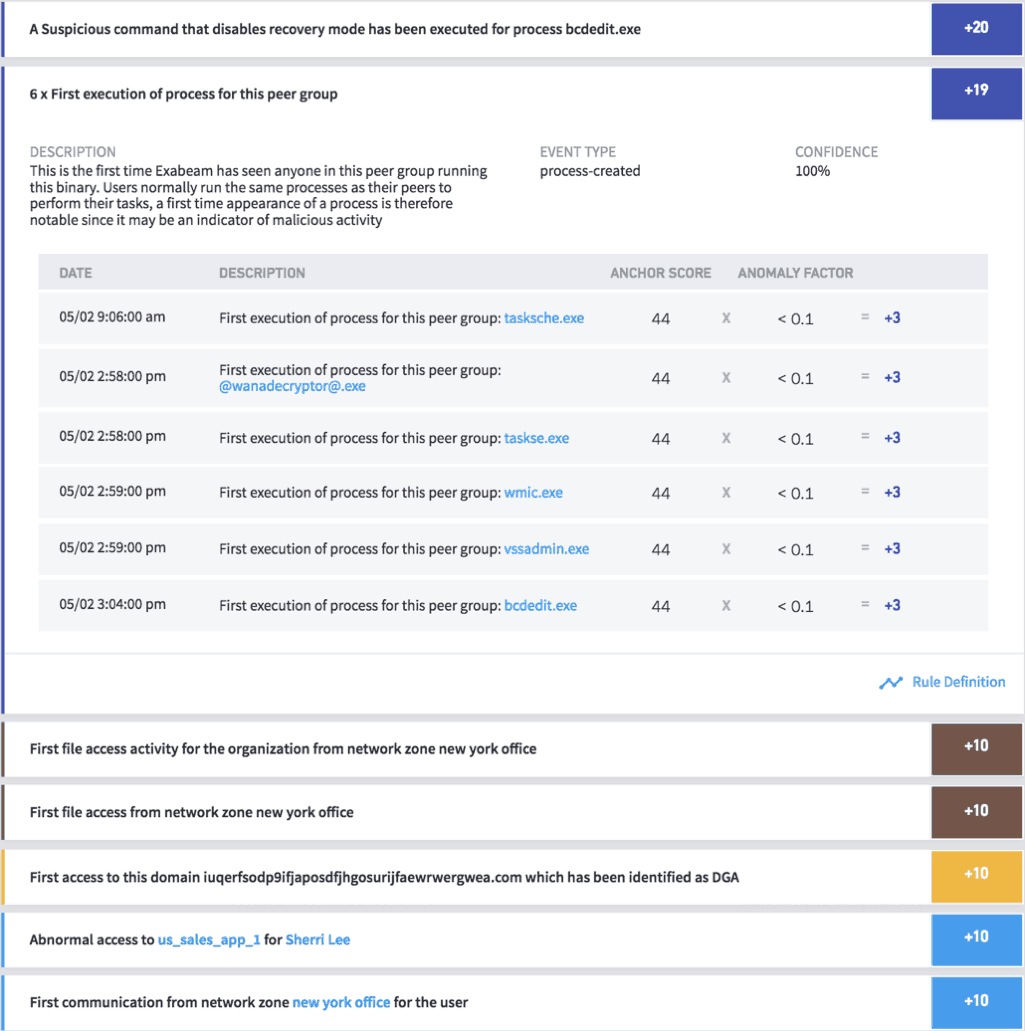How Ransomware’s New Breed of “Data Kidnappers” Are Taking Down Global Enterprises and Even Governments

In part one of this ransomware blog series, we examined how ransomware has evolved over the years. From its beginnings as nuisance pranks and scams mainly affecting home users, today’s ransomware “data kidnappers” have evolved, targeting enterprises and governments with dangerous and costly attacks.
In addition to preventing access to critical IT systems, today’s advanced and cleverly engineered ransomware can disable public infrastructure such as hospitals and transportation systems—threatening public safety. Let’s look at a few recent attacks that have targeted the “bigger fish,” ranging from a major shipping port to national golf tournaments to nation states.
Timing is key for many of the data hostage attacks
A particularly disruptive—yet common—type of ransomware attack encrypts enterprise data storage, holding the data hostage until the victim pays the attacker. This was the case in the summer of 2018 when a ransomware attack took down many systems at the Port of San Diego. Part of a growing trend, in return for releasing the data the hackers wanted payment in bitcoin, which—because of the pseudo-anonymous nature of the bitcoin blockchain—is very difficult to trace back to criminals.
Also during the summer of 2018, hackers hit both the Ryder Cup and PGA Championship. After trying to open some marketing files, PGA staff received this threatening message:
“Your network has been penetrated. All files on each host in the network have been encrypted with a strong algorithm. Any attempt to break the encryption could cause the loss of all of the work. This may lead to the impossibility of recovery of certain files. We exclusively have decryption software for your situation. No decryption software is available in the public.”
A key part of the attack was its timing. The ransomware remained dormant until just before the tournament start—at the busiest time for PGA staff—and only then were files encrypted so the ransomware could inflict maximum impact. Highly automated executables with built-in timers and self-contained logic enabled the attack to run autonomously—without requiring detonation orders from a C2 (command and control).
This highlights one way in which this breed of ransomware differs from run-of-the-mill malware—it announces its presence the moment it activates because the hackers want their malicious software to immediately demand payment.
Today’s ransomware hackers are “going big”—and causing a lot of damage
Ransomware attacks can have a much larger impact than temporarily denying access to systems in exchange for payment. The demanded ransom amounts often pale in comparison to the collateral damage and downtime costs they cause.
For example, in a massive 2017 attack (which some Western governments maintain the Russian military carried out), NotPetya ransomware targeted companies in Ukraine—hitting government, financial, and energy institutions.
Resultant outages caused extended global damage to entities having a Ukrainian presence, including Maersk, FedEx and Merck. When many of Maersk’s—the world’s largest container shipping company—80,000 employees around the globe saw their screens go dark, the company lost up to $300 million in revenue, a figure which doesn’t include the full-on, emergency rebuilding of its systems infrastructure. Estimates for the total damage caused by NotPetya range as high as $10 billion, making it the most devastating cyberattack in history.
And ransomware hackers aren’t stopping with taking down companies—they’re now targeting entire nations. For example, the UK’s National Cybersecurity Centre described WannaCry as a “global coordinated ransomware attack” on thousands of private and public sector organizations across dozens of countries. WannaCry’s hard drive-encrypting malware spread very quickly because criminals behind the attack had combined normal malware with a leaked US National Security Agency (NSA) hacking tool. This combination allowed WannaCry to use worm-like capabilities to self-propagate on vulnerable Windows systems. The result was a massive attack that crippled factories, governments, transportation systems and hospitals in more than 150 countries.
Increasingly sophisticated phishing attacks catch even wary users
Phishing email is a ransomware delivery vehicle that has seen a commensurate surge in its prevalence and sophistication. An October 2018 report from the Anti-Phishing Working Group (APWG) says attacks detected in Q2 2018 reached an all-time high—far higher than the same period in 2017.
The number of phishing websites has also grown dramatically—as have those that use encryption (HTTPS). Phishers take the extra step of creating an HTTPS page because they believe the HTTPS URL preface in the browser address field makes their phishing sites seem more legitimate to victims—and thus more successful in catching them. Unfortunately, they’re right.
A new breed of phishing bad actors also uses social engineering to dupe sophisticated, high-value targets (e.g., corporate treasurers or other senior staff with access to financial accounts). The so-called spear phishers use passwords, personal data, and contacts, as well as other information stolen from sites such as Facebook, or purchased from hackers who have breached entitles such as Verizon, Yahoo! and Equifax. In their virtual confidence games, the spear phishers seek to put recipients at ease so they’ll open a file containing a ransomware payload. Or that they’ll click on an email-embedded link that takes them to a phishing website where their machine becomes infected.
One spear phishing incident that made the news this past summer is a good example of how such deceptive social engineering works. This extortion ransomware attack laid false claim to having commandeered victims’ webcams and microphones, supposedly recording them engaged in uncompromising activities while viewing an adult website. It also showed them a password—current or previous, but one that victim had ostensibly used for the website. The scammer demanded bitcoin in return for not sending the fake, alleged split screen of the respective video recordings to the victims’ list of contacts.
But it was the stolen password—offered up by the attacker as evidence of authenticity—that makes this type of extortion (and similar ransomware attacks) so dangerous. The social engineering aspect of using stolen data can fool even sophisticated, tech-savvy consumers or corporate employees.
This proliferation of spear phishing attacks reflects another trend—a shift in targets. In ransomware’s ongoing evolution, well-financed developers—representing national military groups to global organized crime rings—are creating ever more complex tools with features that target companies and highly networked environments. Because this is where they can find gold.
What’s the window of opportunity to deal with ransomware after infection?
The ideal case would be to detect and stop ransomware before an infection occurs. Unfortunately, this insidious software is almost always detected after the damage has already occurred—it having reached the “payday” stage of the Ransomware Kill Chain (where the hacker demands ransom).
In the first blog of this series, we detailed this kill chain. It begins with a distribution campaign, such as phishing emails, that infect end users’ machines and concludes with hackers receiving a ransom payment.

Figure 1 – The ransomware attack chain, from the email campaign to payday
Fortunately, between the kill chain Infection and Encryption phases you have an opportunity to disrupt the process. During these phases, ransomware needs to install itself, prepare to persist past rebooting, identify vulnerable files, then encrypt those files. Each phase takes time, although in some cases not a lot of it. Depending on the type of environment a given victim has, scanning and encryption can take anywhere from minutes to hours.
For personal computers, files are typically relatively low in number and stored in very easy to find locations, such as local or external hard disks, or even cloud storage such as Dropbox. For these relatively simple environments, the malware may complete scanning and encryption in minutes. This leaves a relatively shortened duration to detect and react to an incident.

Figure 2 – Potential detection duration during each Ransomware Kill Chain phase
In corporate networks, ransomware has a much larger job to do in identifying assets, file shares, network drives, cloud drives, and other machines to infect. Network mapping, file identification, and permission checking could take hours. And the bigger the network, the longer this process will take.
The same is true for encryption. A greater number of vulnerable files means more encryption must happen before victims can be presented with a ransom demand.
For your security analysts, it’s critical to detect and interrupt the ransomware kill chain during the available opportunity window. By doing so they can stop the spread of the infection and quarantine affected machines, removing them from the network until they can be treated.
A behavioral approach can help you interrupt the Ransomware Kill Chain
One way to thwart a ransomware infection—before it begins to encrypt your files—is by deploying user entity behavior analytics (UEBA), which can detect the telltale behaviors associated with ransomware. It lets you identify an attack earlier in its kill chain, such as during the Infection, Staging, or Scanning phases, before encryption occurs.
Using models and rules to track user behavior—a behavior-based approach offers an ideal way to detect ransomware attacks. From the onset of its deployment, a behavior-based approach creates normal user behavior baselines, making it possible to track any deviations from the norm. Examples include an illegitimate user who attempts to connect to a domain, or an insider who suspiciously downloads files typically not associated with them.
With Exabeam’s UEBA, rules also detect the first-time appearance of files and processes. Such risky behavior could be an indicator of malicious activity and is bubbled up, such as the example in Figure 3.

Figure 3 – UEBA model rules detecting a user attempting to connect to a malicious domain
Exabeam behavior analytics track any first-time binary execution on peer groups, first-time file access by remote groups, abnormal access to cloud services, first-time file access from remote locations, and more. And it provides rules to detect any abnormal network file activities.

Figure 4 – Exabeam detecting abnormal remote access and first-time access to a
malicious domain
In addition to creating timelines that show all relevant events, using UEBA lets investigators automate responses and block and contain malware, thereby preventing it from spreading.
For more information on the anatomy of ransomware attacks and how UEBA can help you mitigate them, see the Exabeam Ransomware Threat Report.
Similar Posts
Recent Posts
Stay Informed
Subscribe today and we'll send our latest blog posts right to your inbox, so you can stay ahead of the cybercriminals and defend your organization.
See a world-class SIEM solution in action
Most reported breaches involved lost or stolen credentials. How can you keep pace?
Exabeam delivers SOC teams industry-leading analytics, patented anomaly detection, and Smart Timelines to help teams pinpoint the actions that lead to exploits.
Whether you need a SIEM replacement, a legacy SIEM modernization with XDR, Exabeam offers advanced, modular, and cloud-delivered TDIR.
Get a demo today!











